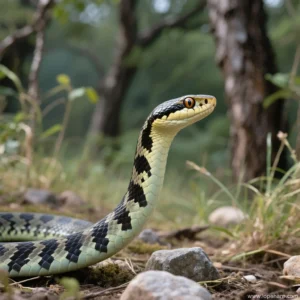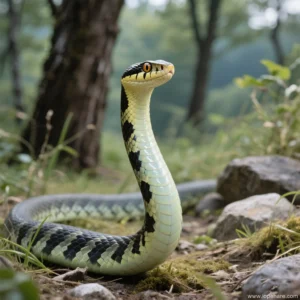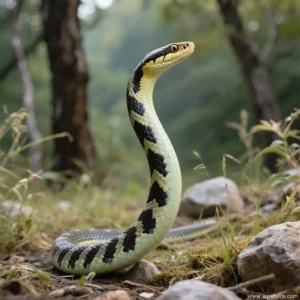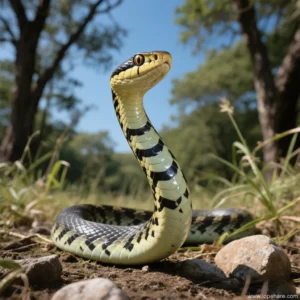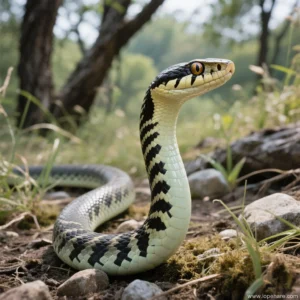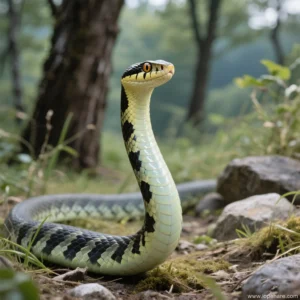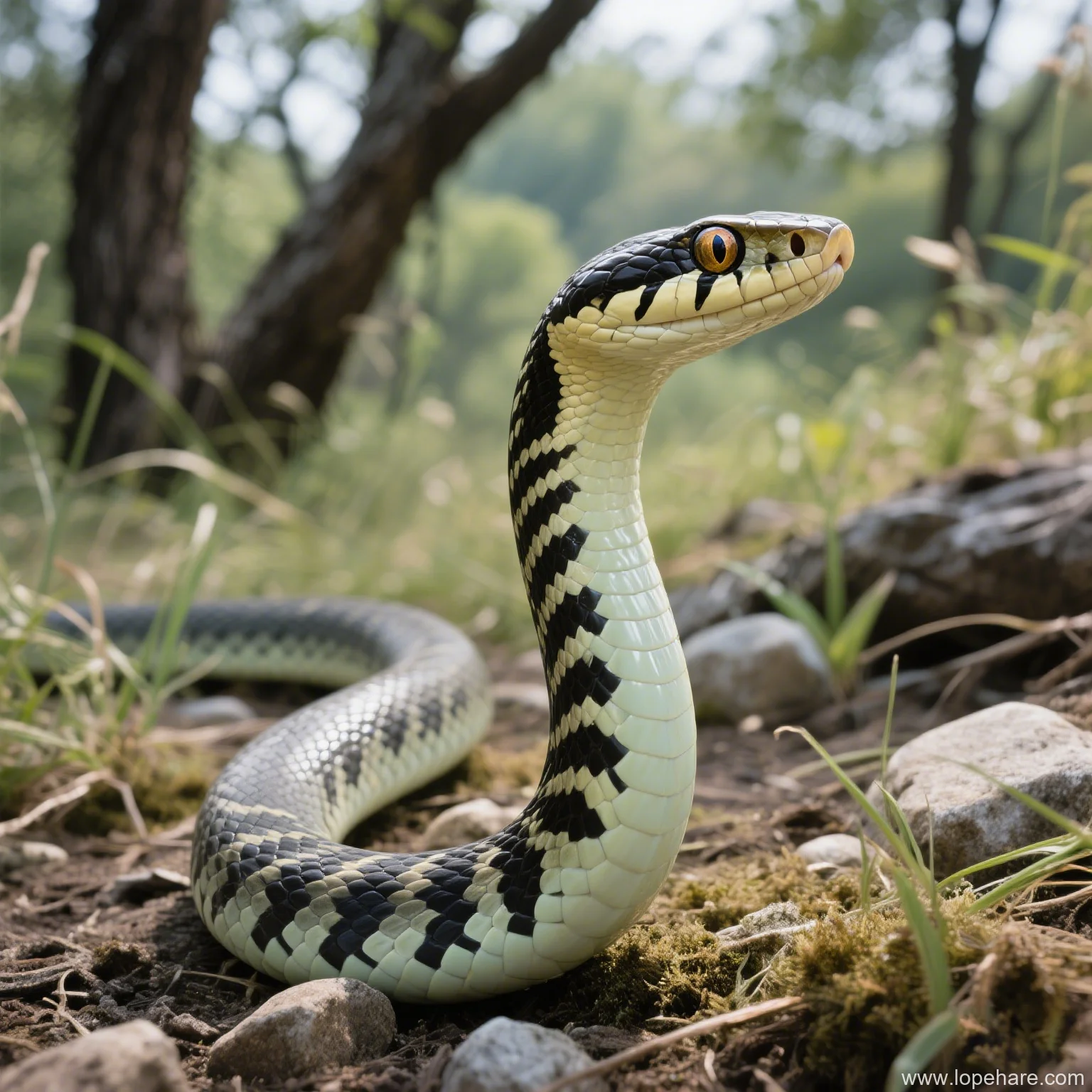
Reptile Behavior
Do Elaphe schrenckii Recognize Their Owners? The Truth About Snake Intelligence
At lopehare, we often delve into the fascinating world of niche pets, from intricate reptile husbandry to amphibian environment simulation and beyond. A common question among reptile enthusiasts, particularly those new to keeping snakes like the beautiful Elaphe schrenckii (Amur Rat Snake), is whether these creatures can form bonds or even recognize the humans who care for them. It’s a captivating thought, bridging the gap between our mammalian understanding of companionship and the often-mysterious world of reptiles. Let’s explore the truth behind snake “recognition” and what it means for your relationship with your *Elaphe schrenckii*.
Understanding Snake Perception
To grasp whether a snake recognizes its owner, we first need to understand how snakes perceive the world. Unlike mammals, whose primary senses might be sight or hearing for social interaction, snakes rely heavily on chemoreception – the sense of smell and taste. They use their forked tongues to collect scent particles from the air and ground, which are then transferred to the Jacobson’s organ (also known as the vomeronasal organ) in the roof of their mouth. This allows them to detect prey, predators, and even the presence of other snakes or novel objects in their environment.
Vision varies greatly among snake species, but even those with relatively good eyesight don’t process visual information in the same complex ways humans do. Hearing is also limited; snakes primarily sense vibrations through their jaws and skulls connected to the ground, rather than airborne sounds.
Snake Cognition and Intelligence
The concept of “intelligence” in reptiles is different from how we define it in mammals or birds. Reptilian brains are structured differently, and their cognitive abilities are geared towards survival in their specific ecological niches. While snakes may not exhibit complex problem-solving or emotional ranges like a dog or cat, research shows they are capable of learning, memory, and adapting their behavior based on experience. They can learn mazes, associate cues with rewards (like food), and become accustomed to routines and handling. This behavioral plasticity is a form of intelligence crucial for their survival.
Understanding snake behavior is key to interpreting their responses to human interaction.
Scent Recognition: The Primary Sense
Given their reliance on chemoreception, it’s most likely that any form of “recognition” a snake exhibits towards a human is based primarily on scent. Every individual human has a unique scent profile derived from sweat, skin oils, products used, and even diet. When you handle your *Elaphe schrenckii* regularly, it becomes familiar with your specific scent through its Jacobson’s organ.
Over time, the snake may associate this familiar scent with positive experiences, such as gentle handling, warmth, or simply the absence of threat. Conversely, an unfamiliar scent might trigger caution or defensive behavior. So, while your snake might not visually recognize your face or understand your name, it can certainly learn to identify *you* by smell.
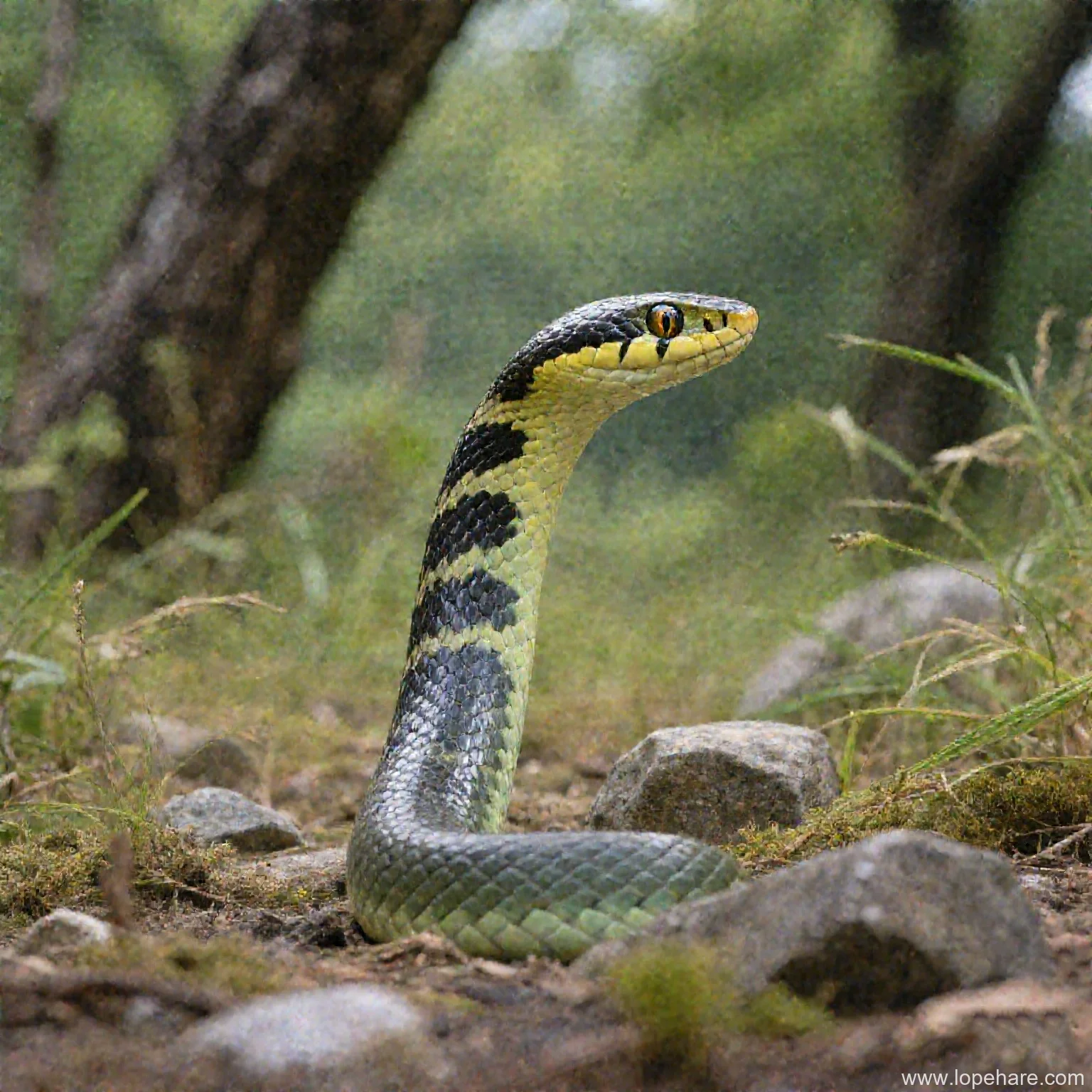
Consistency is Key: Regular, gentle handling while maintaining consistent personal scents (avoiding strong, new perfumes or lotions just before handling) can help your snake become accustomed to your presence.
Elaphe schrenckii: Individual Traits
*Elaphe schrenckii*, the Amur Rat Snake, is generally known for being a relatively calm and docile species in captivity, especially with consistent, positive handling. Like all animals, however, individual snakes can have varying temperaments. Some may be naturally more curious and tolerant of handling, while others remain more shy or defensive regardless of exposure.
Their response to you isn’t just about recognizing your scent; it’s also about their individual personality and past experiences. A snake that has been handled calmly and positively will be less likely to perceive a familiar human as a threat than one that has had negative interactions or infrequent handling.
So, Do They “Recognize” You?
Based on our understanding of snake senses and cognition, it’s accurate to say that while they don’t recognize you in the same way a dog does, many snakes, including *Elaphe schrenckii*, can distinguish your presence from that of unfamiliar individuals, primarily through scent. They learn that your specific scent is associated with safety, food (from you, perhaps indirectly), and benign handling, rather than danger.
This isn’t recognition based on visual identity or a deep emotional bond, but rather a learned association based on their most acute sense. They recognize your *smell* as familiar and non-threatening, leading to calmer behavior when handled by you compared to a stranger.
Building a “Bond” with Your Elaphe schrenckii
If you’re hoping for classic pet-owner bonding, a snake might not be the ideal choice. Their interactions are based on different stimuli and motivations. However, you can certainly build a relationship based on trust and familiarity. This is achieved through:
- Consistent, Gentle Handling: Regular, short, and calm handling sessions help your snake get used to being held and associate your scent and touch with a non-stressful experience.
- Respecting Their Cues: Learn to read your snake’s body language. Signs of stress (hissing, striking, rapid movements, hiding) should signal you to back off and try again later.
- Providing Excellent Husbandry: A healthy, comfortable snake is more likely to be calm and tolerant. Ensuring their enclosure parameters are perfect (temperature, humidity, hides, ventilation) is foundational.
- Positive Reinforcement (Indirect): While you don’t train a snake like a dog, associating your presence with feeding time (even if you just place the food in the enclosure) can build positive associations.
Conclusion: The Truth About Recognition
So, when asked, “Do Elaphe schrenckii recognize their owners?”, the answer is a nuanced yes, but not in the way you might initially think. They don’t recognize your face or feel affection. Instead, they learn to recognize your unique scent and associate it with safety and predictability. This learned behavior leads to them being more relaxed and comfortable around you than they would be with a stranger.
At lopehare, we believe understanding the true nature of our niche pets’ abilities and needs is crucial for providing the best care. Caring for an *Elaphe schrenckii* and witnessing their calm demeanor when handled by their familiar human is a rewarding experience, built on respect for their instincts and the consistent provision of a safe, predictable environment. It’s a unique form of human-animal interaction, perhaps different from a cat’s purr or a dog’s wagging tail, but meaningful in its own right.
Want to Learn More? Dive deeper into ethical and effective snake pet care on our site. We offer comprehensive guides for species like the Amur Rat Snake and many others.
References:
- Wikipedia. (n.d.). Snake. In Wikipedia, The Free Encyclopedia. Retrieved from https://en.wikipedia.org/wiki/Snake
